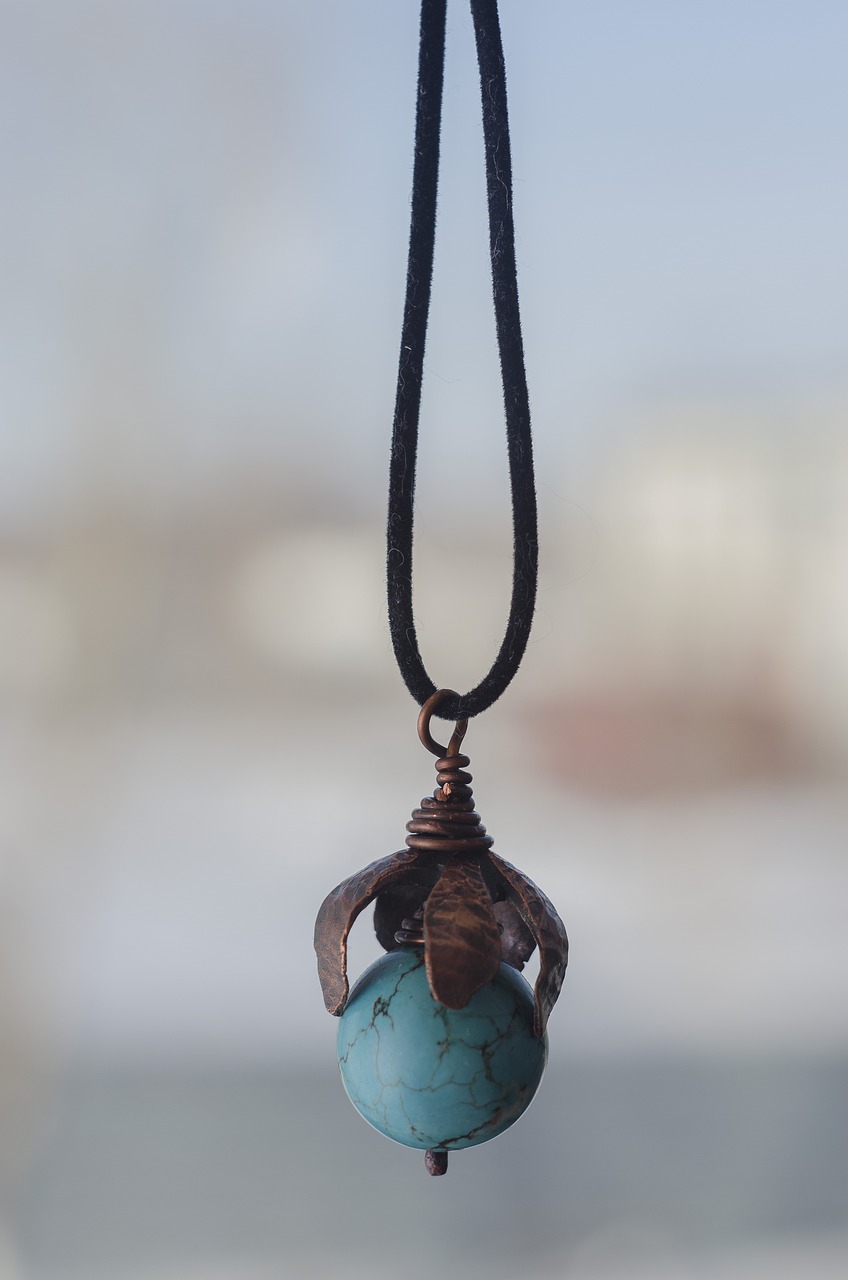I have greatly enjoyed the art of photographing artefacts in recent years, and many of the objects I’ve captured have been truly delightful. Occasionally, I encounter an artefact that stands out, resulting in images that are exceptionally striking—this was the case when I had the opportunity to photograph a faience amulet of Thoth for the Garstang Museum of Archaeology’s upcoming Creatures of the Nile exhibition. The piece is stunning—distinctive in its design and expertly crafted with remarkable detail. One of my photographs even became the main image featured for the exhibition.
The Amulet
Thoth is a complex and revered deity from ancient Egyptian mythology, tied closely to the moon, the measuring of time, the documentation of kings’ reigns, the origins of written language, and acting as the divine scribe. This specific amulet, representing him, was unearthed in the ancient city of Memphis and is likely from the Saite period due to its exquisite craftsmanship. Although only the upper portion is intact, measuring 5.9 cm in height, it likely originally displayed the traditional kilted legs in a walking pose, iconic for representations of Thoth as an ibis-headed figure adorned with a lavish atef crown and holding the wadjet-eye (Eye of Horus) close to his chest.
The amulet’s design, while intricate, reveals a striking aspect—the hands lack detail and resemble mittens, with no defined fingers. The arrangement of his hands could signify deeper meanings, or it may have been practical design consideration. The way the wadjet-eye is positioned seems to provide additional support to the delicate features of Thoth’s neck and beak.
Symbolism of the Amulet
Symbolism plays a crucial role in this artefact’s significance. Thoth’s ibis form relates closely to funerary rituals in ancient Egypt. The Egyptians relied on the lunar cycle and celestial movements for their religious and calendrical practices. The shape of Thoth’s beak mirrors the crescent moon, reinforcing his role in documenting critical rituals such as the weighing of the heart during the afterlife judgement. Amulets like this were often placed on the bodies of the deceased, serving as protective talismans for favorable judgment in the afterlife. The inclusion of the wadjet-eye—an emblem of rebirth—was a less frequent detail that would aid the deceased in their transition to the afterlife. As noted by scholar Carol Andrews:
“Amulets of Thoth as a walking ibis-headed man carrying the wedjat-eye before him relate directly to the power of the eye of Horus to revive the dead Osiris and thus any of the dead, and to provide food offerings in the Other World.”
Furthermore, the atef crown typically associated with Osiris combines significant elements: the white crown of Upper Egypt representing kingship, ostrich feathers symbolizing the goddess Ma’at for truth and justice, and rams’ horns linked to the creator deity Amun-Ra. Occasionally, the crown is adorned with protective cobras, but in this case, one side bears a cobra while the other displays a standing figure—potentially an ape-like creature.
For those interested in experiencing the piece interactively, a 3D model is available on the Garstang Museum’s Sketchfab page, where viewers can examine details such as the loop and hole at the back of Thoth’s neck, indicating it could have been worn as an amulet.
Object Details
- Material: Blue faience
- Location Discovered: Ancient Memphis (near Mit Rahina)
- Date: Likely from the Saite period (26th Dynasty), approximately 672–525 BCE
- Current Location: Garstang Museum of Archaeology, Liverpool (Accession Number E.9003)
- Size: 5.9 × 2.7 × 2.8 cm
The Photography Process
Capturing this artefact was a thrilling experience due to its beauty and intricate craftsmanship. I approached the photography with two primary angles: a quarter-profile and a close focus on Thoth’s face and the wadjet-eye. One challenge I faced was the uneven break at the base of the amulet, which complicated standing it upright. Fortunately, historical practices of adhering amulets to small wooden bases for displays had left imprints in the glue, allowing me to balance the amulet for photography.
In total, the first image resulted from 90 individual photos: 30 in each focus stack, taken with three varying exposures for optimal lighting. The second image compiled an even larger number of photos—60 across three exposures—for a total of 180. This was necessary due to the closer angle creating a shallow depth of field. Using Affinity Photo, I constructed a TIFF from each focus stack, layering exposures and selectively painting in details before finalizing the high-resolution images suitable for exhibition display.
In conclusion, the merging of my artistic photographs with historical artefacts has allowed me to celebrate the beauty and complexity of items like Thoth’s amulet, depicting ancient beliefs and artistry that transcend time.



